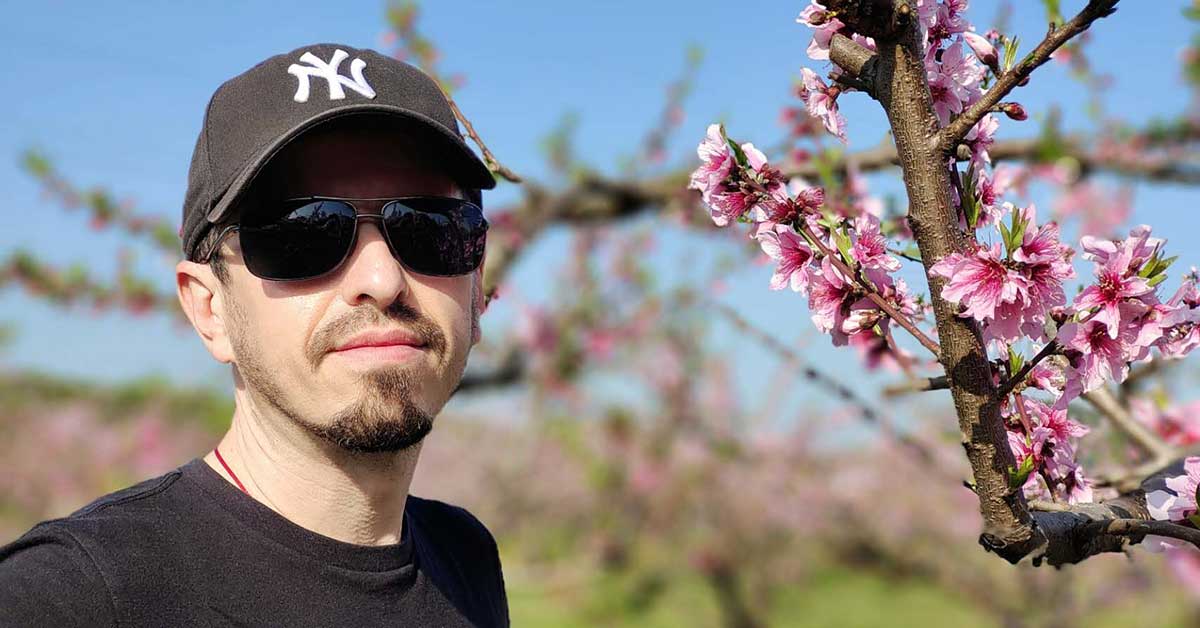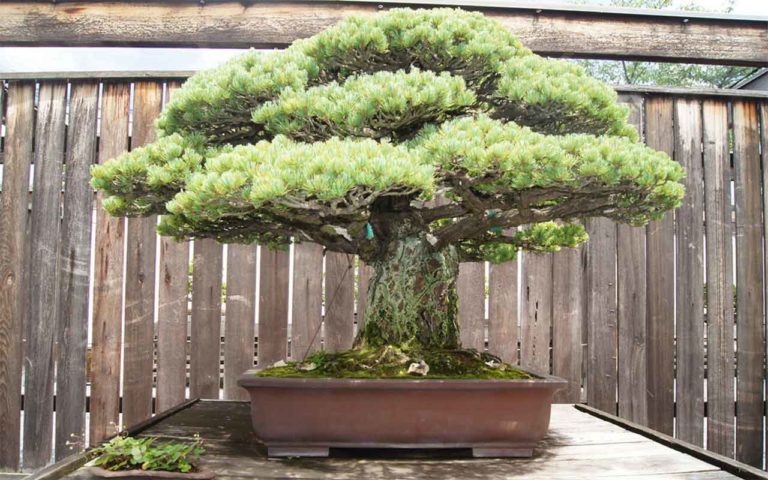See also
I was born and raised in France, far from Japan or any other Asian country.
Still, I’ve always been attracted to Asian culture. My journey into the world of bonsai is a tale of how a boy who watched « The Karate Kid » as a child fell in love with karate and bonsai trees, but didn’t begin growing bonsai until much later in life.
The Early Fascination
At 44 years old, I look back at how my love for bonsai began. It all started when I watched « The Karate Kid » as a kid. The movie ignited a fascination for karate and bonsai trees in me. However, at that point, I hadn’t taken the step to start growing these miniature marvels of nature.
The film, released in 1984, told the story of a young boy named Daniel LaRusso who, like me, was far from any Asian cultural influence, growing up in the United States.
The film’s plot revolved around Daniel’s journey into the world of karate, guided by his wise and skilled mentor, Mr. Miyagi.
The discipline, respect, and the allure of karate as portrayed in the movie left an indelible mark on my young mind.
However, « The Karate Kid » had an equally enchanting subplot the bonsai tree. Mr. Miyagi, Daniel’s mentor, tended to a small but meticulously cared-for bonsai tree with a history as rich and deep as the art of karate itself.
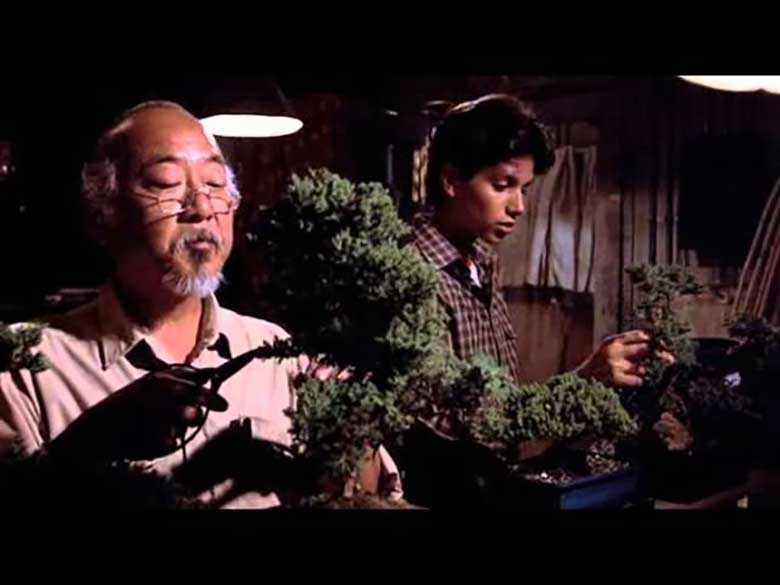
This tree, which endured the test of time and had been passed down through generations, became a symbol of wisdom, patience, and the beauty of life in miniature.
As I watched Mr. Miyagi’s careful and tender care for the bonsai tree, I was struck by the profound metaphor it represented.
The bonsai was a living embodiment of the values that the movie celebrated. It required patience and meticulous attention to detail. The act of pruning, shaping, and nurturing the tree mirrored the discipline and respect that martial arts demanded.
A Move to Cambodia
Fast forward to my thirties when life took an unexpected turn.
I moved to Siem Reap, Cambodia, and this shift marked the beginning of a deeper connection to Asian culture. What had initially been intended as a summer vacation extended to four transformative years of my life.
The magnificent temples of Angkor Wat, especially Ta Prohm, captured my heart. What intrigued me the most were the ancient trees that seemed to grow seamlessly from the stones of the temple, a sight that resonated with my dormant passion for bonsai.
A Love Story and Chinese Culture
In Siem Reap, I met Julie, a Chinese girl who would play a significant role in my journey. She introduced me to the rich tapestry of Chinese culture. Our connection deepened, leading to marriage, and our next adventure awaited.
Exploring China and bonsai roots
We embarked on a journey to Julie’s hometown in Wuxi, China, where I discovered Meiyuan Park. It was there that I encountered some of the most amazing penzai, or Chinese bonsai, in the entire country.
The Enchantment of Chinese Penjing: A Closer Look
In the heart of Wuxi, China, lies Meiyuan Park, an oasis of serenity where the art of « penjing » takes center stage. It was in this lush haven that my infatuation with bonsai evolved into a full-fledged passion.
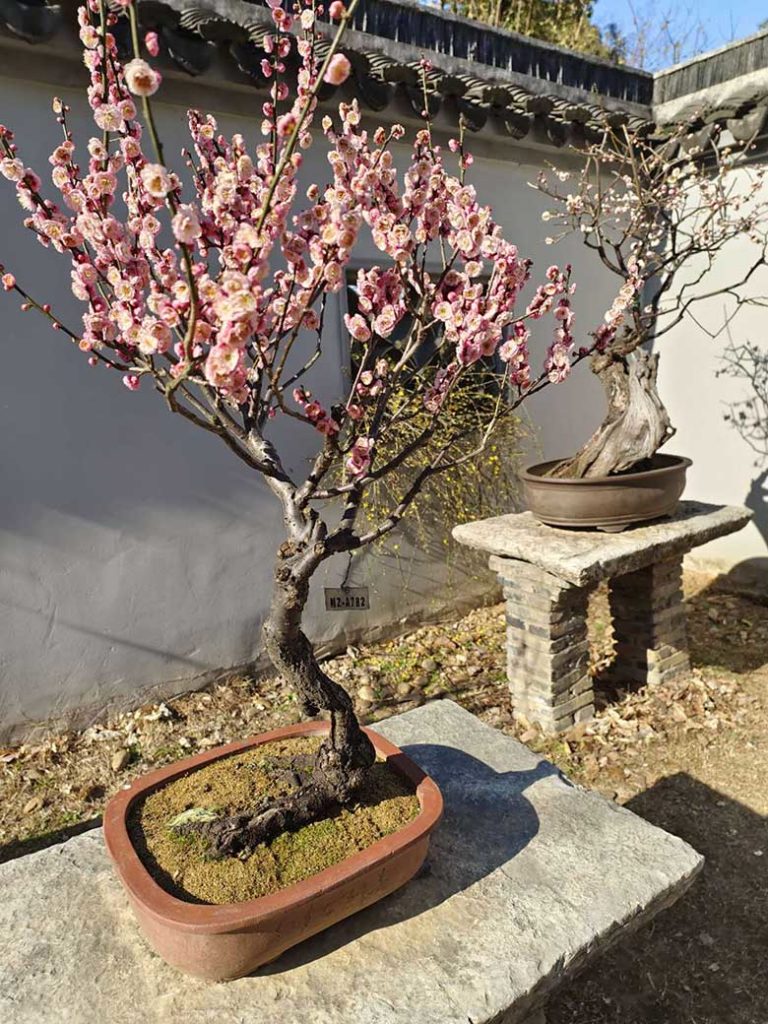
Unlike Japan, which has one word for both concepts, China distinguishes between ‘penzai,’ a tree grown in a pot, and ‘penjing,’ the art of growing a tree in a pot.
Penjing, often referred to as « Chinese landscape bonsai, » is an ancient Chinese art form that predates the Japanese bonsai tradition.
It focuses on creating miniature landscapes that replicate the natural world in a tray.
These landscapes can encompass various elements, including trees, rocks, water features, and figurines. Penjing artists aim to capture the essence of nature on a small scale and evoke a sense of vastness in their compositions.
While bonsai and penjing share the same roots, they’ve developed distinct styles and techniques over the centuries. My journey led me to appreciate the rich tapestry of Chinese penjing and its influence on my burgeoning passion.
It was in Wuxi that I also decided to enroll in a Kyokushin karate class. Just like in the movie that had inspired me as a child, I was finally diving into both karate and the art of bonsai.
Karate and Bonsai: A Symbiotic Relationship
Just as my journey into penjing deepened, so did my commitment to the martial art of karate. Kyokushin, a full-contact discipline, was the perfect embodiment of the dedication and discipline required to excel in bonsai and penzai.
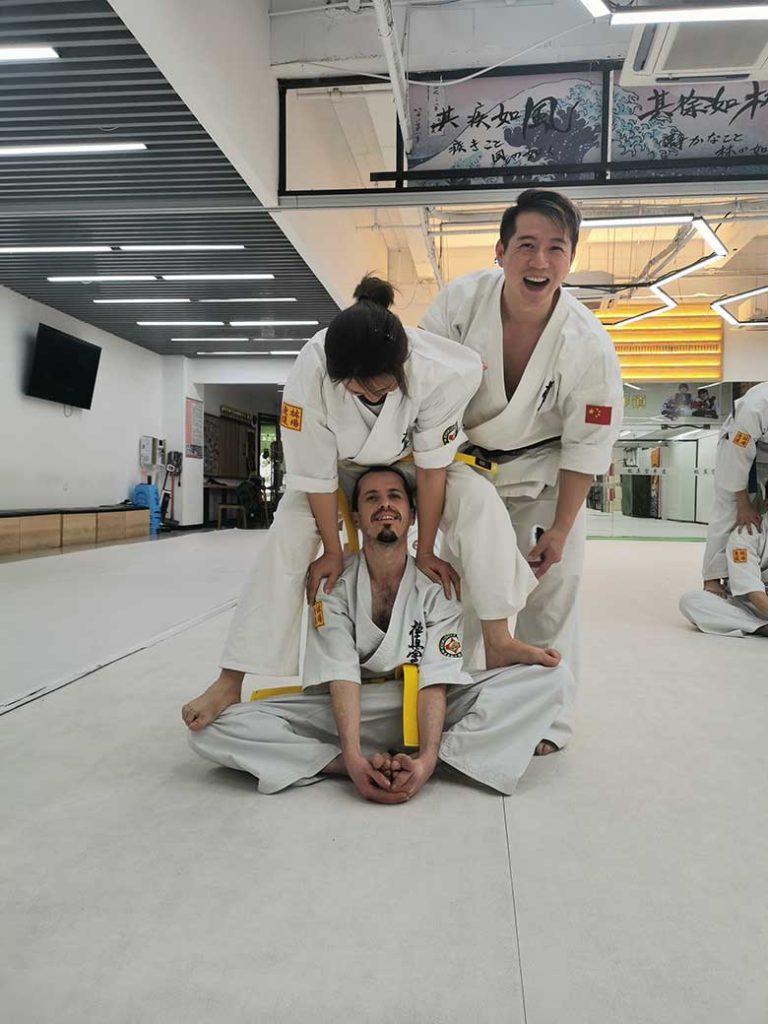
In the dojo, I realized that the principles of karate, such as respect, perseverance, and self-control, aligned with those of bonsai. Both demanded unwavering commitment and a deep understanding of one’s actions. It was as if my pursuit of martial excellence was intricately connected to my newfound love for the art of penzai.
Sharing My Passion with the World: The Bonsai Blogger
Now, as I stand at the intersection of my love for Asian culture, karate, and the art of penzai, I am determined to share my passion with the world. My journey is far from over, and I want to invite others to explore the enchanting world of bonsai and penzai through my blog.
It’s a journey that began with a childhood fascination and matured into a lifelong passion. Bonsai, penjing, and the cultures that surround them have enriched my life in ways I could have never imagined.
As I continue to explore, learn, and share my experiences, I hope to inspire others to embark on their own unique journeys, to find their passion, and to appreciate the beauty of the miniature worlds that bonsai and penzai offer.
From watching « The Karate Kid » as a child to falling in love with the Angkor Wat temples, meeting Julie, and discovering the world of bonsai in China, my life has been an adventure that seamlessly wove together my love for Asian culture and the art of bonsai. This is the story of how I found my passion and purpose in the delicate, miniature world of bonsai art.
Bonsai has not only become a part of my daily life but also a means to bridge my connection to the rich cultural heritage of Asia.
As I embark on my journey as a travel blogger and bonsai enthusiast, I’m excited to share my experiences and discoveries, hoping to inspire others to explore their own passions and embark on their unique journeys in life.

